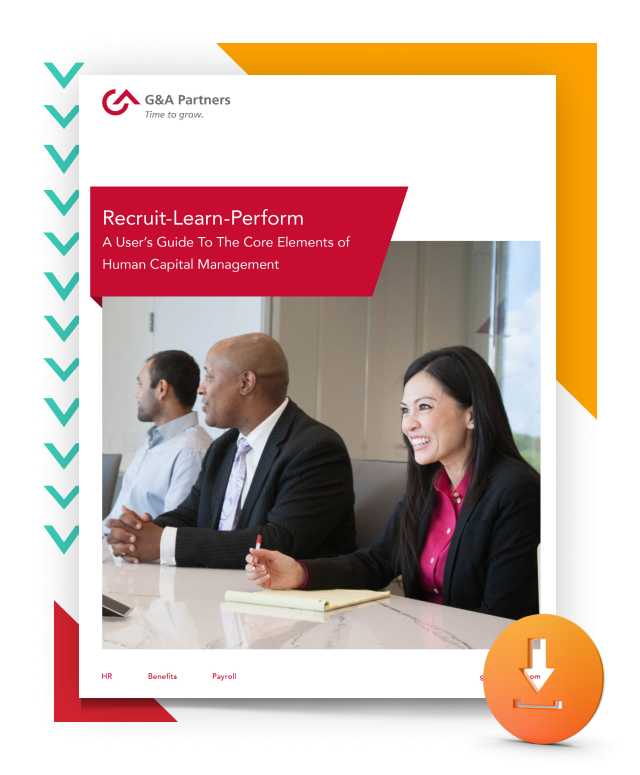Health savings accounts (HSAs) provide American workers with an option to accrue pre-tax dollars for future healthcare expenses. It’s estimated, however, that one-third of employees with access to these tax-advantaged accounts haven't opened one, and many who are enrolled in an HSA don't know how to make the most of their valuable features.
"Employees often don't know how to use health savings accounts (HSAs) and the high-deductible health plans (HDHPs) the accounts are coupled with," states the Society for Human Resource Management (SHRM)'s "Employees Still Perplexed by HSA Plans During Open Enrollment; Misunderstandings keep many from maximizing health savings accounts" by Stephen Miller. "This leads some to bypass an HSA option during their employer's annual open-enrollment period, while others who enroll in HSA-eligible plans often fail to take full advantage of them."
If your company's compensation package includes an HSA/HDHP option, your benefits open enrollment period offers a prime opportunity to educate employees about their coverage, features and savings, and investment opportunities. And if you don't currently offer an HSA, consider adding one as a tool to help your employees enrich their financial well-being and your company attract quality candidates and retain valued employees.
What is a Health Savings Account (HSA)?
A health savings account (HSA) is a tax-free savings and investment account designed to help employees save for qualified, out-of-pocket medical expenses. To take advantage of HSA savings, a participant must be enrolled in a qualified High-Deductible Health Plan (HDHP), which has a higher annual deductible than traditional plans.
Employees can put pre-tax dollars in an HSA up to an annual limit set by the government, and employers may also contribute funds to these accounts within the prescribed limit. Unused HSA funds roll over from one year to the next, and some plans pay interest or allow participants to invest in mutual funds and other investment vehicles.
The Benefit of HSAs to Employees
Employees eligible for HSAs are enrolled in an HDHP, which means they must meet a higher annual deductible before their insurance plan pays medical expenses.
The HSA allows them to:
- Enjoy a triple tax advantage because HSA (payroll and income) contributions are tax free, invested account fund earnings are tax free, and qualified expenses are tax free. (Note: Some states may tax payroll contributions at the state level.)
- Build a balance for future healthcare expenses because HSA funds roll over yearly.
- Exclude employer-made HSA contributions from gross income.
- Take the HSA with them when they change jobs or roll funds over to the new employer’s HSA.
The Benefit of HSAs to Employers
Employers realize a 7.65% savings on federal payroll taxes for each contribution employees make to HSAs from payroll deductions. The more eligible employees who enroll in an HSA, the greater the tax savings for your company.
Additional employer benefits include:
- Company contributions to HSAs are tax-deductible.
- The accounts help employees save for necessary medical expenses, resulting in healthier employees with fewer missed days due to illness and injury.
- HSAs offered with HDHPs incentivize employees to choose these plans, which means companies pay less in premiums.
Educating Employees on HSA Benefits
A survey of organizations conducted by the Plan Sponsor Council of America found that 80% cited employee education as a top HSA concern. The organizations’ education goals include communicating information about:
- Tax benefits
- Contribution limits
- HSA-eligible HDHP information
- Investing HSA assets
The better employees understand these accounts, the more likely they are to enroll, actively invest HSA funds, and view their HSAs as not just a way to pay for immediate medical costs, but as valuable retirement savings vehicles
— Corporate Insight's "HSA Employee Survey: Interest on the Rise" by Andrew Denegre.
While informing employees before your company's open enrollment period is essential, experts recommend a year-round education program that helps them understand HSA features and financial strategy.
Consider these best practices when designing your business' HSA education plan:
- Use familiar, everyday language to communicate HSA (and HDHP) limits, rules, and perks.
- Provide real-world examples of how HSA/HDHPs work, including how self-only coverage differs from a family plan, what qualified medical expenses are, and how an HSA/HDHP compares to traditional healthcare coverage.
- Explain how HSA tax-free benefits impact their pocketbooks, such as how much it can reduce overall taxable income and increase healthcare spending power.
- Demonstrate the difference(s) between an HSA and a healthcare flexible spending account (FSA), a benefit plan that allows employees to set aside pre-tax dollars to pay for eligible healthcare expenses. For example, FSAs have "use it or lose it" restrictions on funds not spent during the plan year, while HSAs have no such restrictions.
- If eligible, educate employees about investment options with HSAs and how funds can be moved seamlessly back and forth for investment and spending within the account.
- Communicate information across multiple channels, including email, print, online, group meetings, and webcasts.
How G&A Can Help
Insurance and benefits plans can be cost prohibitive for companies that run smaller operations and/or do not have a large workforce. G&A Partners offers small- and mid-sized companies access to top-quality benefits options by leveraging the buying power of thousands of client companies when negotiating with providers. We also keep your employer insurance premium costs in check so that your company has protection without placing undue stress on your budget. To learn more, schedule a consultation with one of our knowledgeable business advisors


